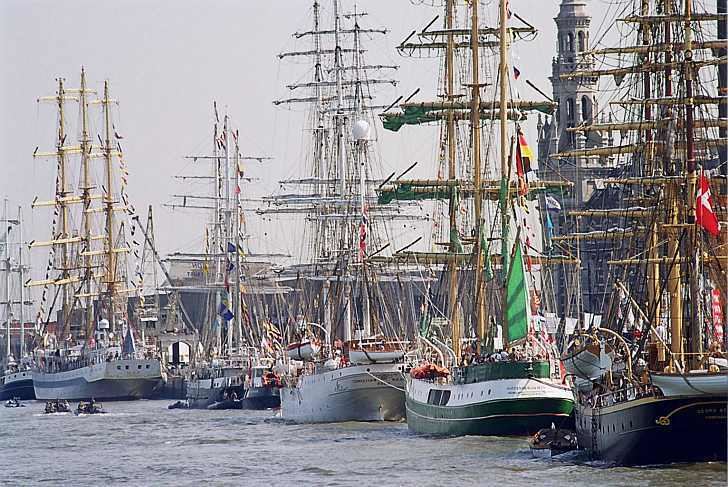 | ||
Instances 2017 Tall Ships' Races, 2016 Tall Ships Race | ||
The Tall Ships' Races are races for sail training "tall ships" (sailing ships). The races are designed to encourage international friendship and training for young people in the art of sailing. The races are held annually in European waters and consists of two racing legs of several hundred nautical miles, and a "cruise in company" between the legs. Over one half (fifty-percent) of the crew of each ship participating in the races must consist of young people.
Contents

Between 1973 and 2003 the races were known as The Cutty Sark Tall Ships' Races, having been sponsored by Cutty Sark whisky. From 2004 to 2010 the races were supported by The City, Province, and Port of Antwerp. The current sponsor of the Tall Ships' Races 2010–2014 is the city of Szczecin.
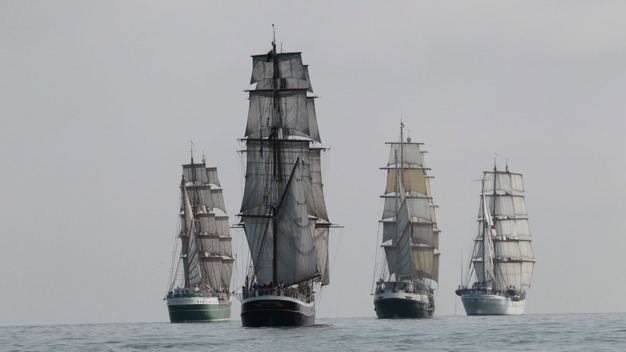
Tall ships
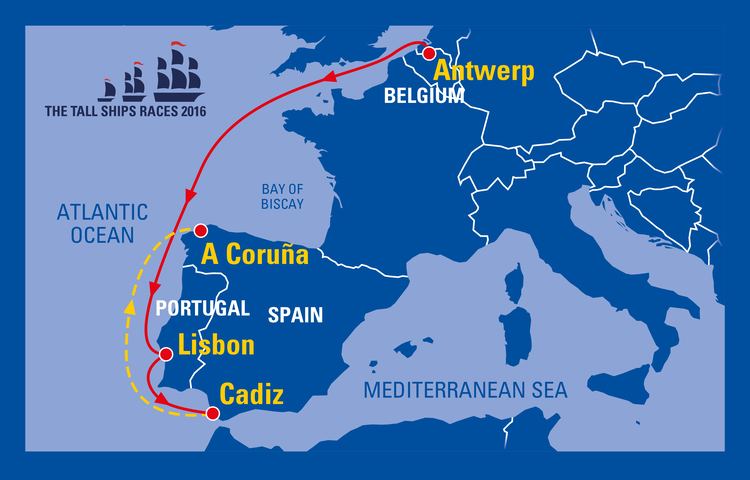
By the 21st century, "tall ship" is often used generically for large, classic, sailing vessels, but is also a technically defined term by Sail Training International. The definitions are subject to various technicalities, but by 2011 there are only two size classes, class A is square-rigged vessels and all other vessels over 40 m LOA, and classes B/C/D are 9.14 m to under 40 m LOA. Participating vessels are manned by a largely cadet or trainee crew who are partaking in sail training, 50 percent of which must be aged between 15–25 years of age and who do not need any previous experience. Thus, tall ship does not describe a specific type of sailing vessel, but rather a monohull sailing vessel of at least 9.4 metres (30 ft) that is conducting sail training and education under sail voyages. Participating ships range from yachts to the large square-rigged sail training ships run by charities, schools and navies of many countries.
The race
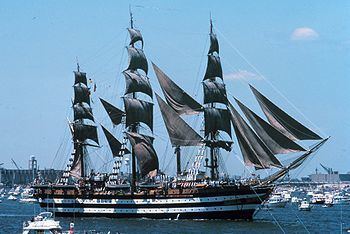
After World War II, tall ships were a dying breed, having lost out to steam-powered ships several decades before. It was a retired solicitor from London, Bernard Morgan, who first dreamed up the idea of bringing young cadets and seamen under training together from around the world to compete in a friendly competition. The Portuguese Ambassador to the UK, Dr Pedro Theotonio Pereira was a huge supporter of this original idea, and believed such a race would bring together the youth of the world's seafaring peoples. These two figures started discussions in 1953 and three years later they saw their vision become a reality. The first Tall Ships' race was held in 1956. It was a race of 20 of the world's remaining large sailing ships. The race was from Torquay, Devon to Lisbon, and was meant to be a last farewell to the era of the great sailing ships. Public interest was so intense, however, that race organizers founded the Sail Training International association to direct the planning of future events. Since then Tall Ships' Races have occurred annually in various parts of the world, with millions of spectators. Today, the race attracts more than a hundred ships, among these some of the largest sailing ships in existence, like the Portuguese Sagres. The 50th Anniversary Tall Ships' Races took place during July and August, 2006, and was started by the patron, Prince Philip, Duke of Edinburgh, who also started the first race in 1956.
Years
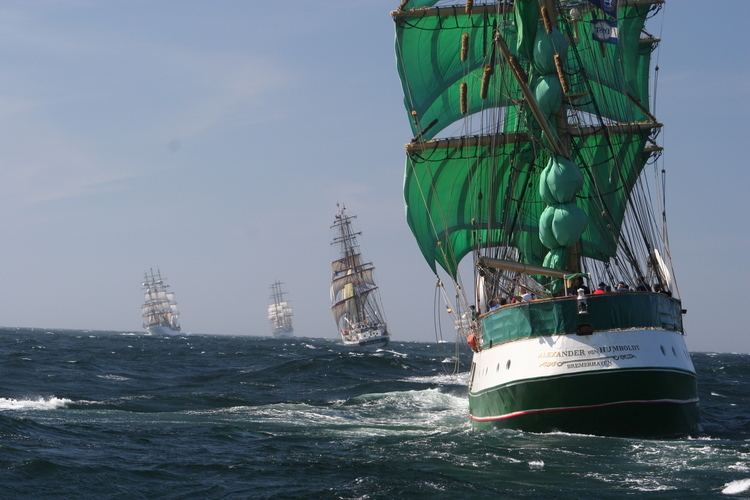
Incidents
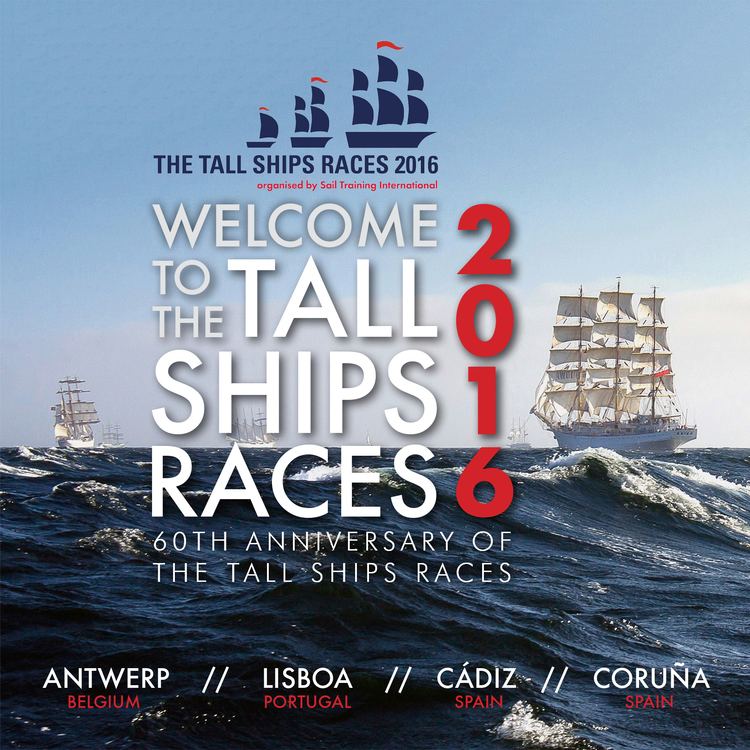
In the 2013 race, the Norwegian vessel Wyvern was shipwrecked between the Swedish islands of Gotland and Öland in the Baltic Sea. The crew were rescued. A man from the Dutch schooner Wylde Swan was presumed drowned after he and two others from the schooner had boarded the Wyvern in an attempt to save it from going down.
Sail Training International
The Tall Ships' Races are organised by Sail Training International (STI) an international association of national sail training organisations devoted to promoting "the education and development of young people of all nationalities, religions and social backgrounds, through sail training".
